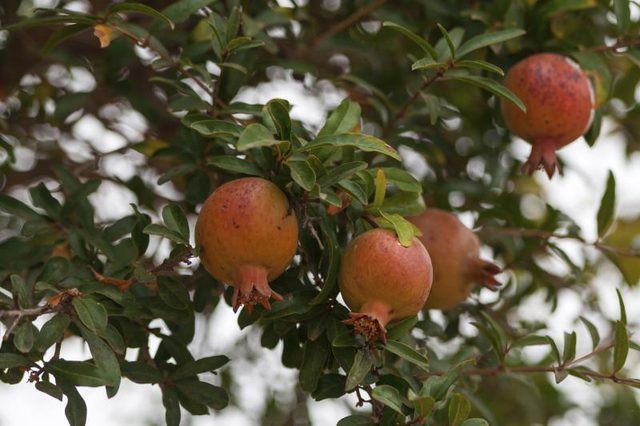Bulbs
Flower Basics
Flower Beds & Specialty Gardens
Flower Garden
Garden Furniture
Garden Gnomes
Garden Seeds
Garden Sheds
Garden Statues
Garden Tools & Supplies
Gardening Basics
Green & Organic
Groundcovers & Vines
Growing Annuals
Growing Basil
Growing Beans
Growing Berries
Growing Blueberries
Growing Cactus
Growing Corn
Growing Cotton
Growing Edibles
Growing Flowers
Growing Garlic
Growing Grapes
Growing Grass
Growing Herbs
Growing Jasmine
Growing Mint
Growing Mushrooms
Orchids
Growing Peanuts
Growing Perennials
Growing Plants
Growing Rosemary
Growing Roses
Growing Strawberries
Growing Sunflowers
Growing Thyme
Growing Tomatoes
Growing Tulips
Growing Vegetables
Herb Basics
Herb Garden
Indoor Growing
Landscaping Basics
Landscaping Patios
Landscaping Plants
Landscaping Shrubs
Landscaping Trees
Landscaping Walks & Pathways
Lawn Basics
Lawn Maintenance
Lawn Mowers
Lawn Ornaments
Lawn Planting
Lawn Tools
Outdoor Growing
Overall Landscape Planning
Pests, Weeds & Problems
Plant Basics
Rock Garden
Rose Garden
Shrubs
Soil
Specialty Gardens
Trees
Vegetable Garden
Yard Maintenance
Growing Requirements for Pomegranate Trees
Growing Requirements for Pomegranate Trees. Climates with long, hot, dry summers and cool winters are best when growing pomegranate trees (*Punica granatum*) for their fruit. In other climates, these trees provide showy flowers but may not fruit well. Growing 6 to 20 feet tall and 4 to 15 feet wide, pomegranate trees are hardy U.S. Department of...

Climates with long, hot, dry summers and cool winters are best when growing pomegranate trees (Punica granatum) for their fruit. In other climates, these trees provide showy flowers but may not fruit well. Growing 6 to 20 feet tall and 4 to 15 feet wide, pomegranate trees are hardy U.S. Department of Agriculture plant hardiness zones 8 through 11. Left to their own devices, the trees are naturally multi-stemmed and shrubby, but they can be pruned to grow as single-trunk trees. In some areas of the United States, pomegranate trees are invasive. Prune pomegranate suckers and remove the fruits to prevent this problem.
Sunlight and Soil
Sunny spots with organically rich, fertile, freely draining soil are the optimal growing locations for pomegranate trees. Grow the trees in areas that receive sunlight for at least eight hours per day and are sheltered from cold wind. Space the trees according to their final growing widths. If, for example, your pomegranate variety grows 4 feet wide, then space the trunk of one tree 4 feet from the trunk of the next tree of the same variety.
Pomegranate trees tolerate alkaline, acidic and gravelly soil. In partially shaded areas, the trees grow and flower but may produce little or no fruit.
Water Needs
Pomegranates tolerate drought but produce their best harvests when growing in evenly moist soil. Infrequent, deep watering provides the best results.
In dry weather, 3-year-old and older pomegranate trees usually need water every two to four weeks.
Water your established pomegranate trees when their soil is dry to a depth of 3 inches. Water the root zones by using a garden hose fitted with a soft-spray attachment, applying enough water to moisten the soil to the depth of the trees' roots. Water 1- and 2-year-old trees when their soil is dry to a depth of 1 inch.
Don't water pomegranate trees so much that their soil becomes soggy.
Fertilizer Application
In fertile soil, pomegranate trees need fertilizer during only their first two years, but trees growing in poor soil need fertilizer throughout their lives. Fertile soil is often dark and organically rich, and plants growing in it grow quickly and healthily.
Evenly sprinkle 2 to 4 ounces of ammonium sulfate on the soil surface over the root zone of 1-year-old and 2-year-old trees growing in fertile soil in spring when their new growth appears. Water the fertilizer into the soil.
Place a 3-inch-thick layer of aged manure over the root zone of older trees in spring, but don't pile manure against the trunks.
Pomegranate trees growing in rocky, poor, thin soil benefit from 2 pounds of ready-to-use 8-8-8 fertilizer spread evenly over their root zones twice per year. Apply the 8-8-8 fertilizer in fall when the trees' leaves drop and in spring when new growth appears on the trees. Water the fertilized soil.
Sucker Removal
Pruning pomegranate suckers trains the trees into single trunks. Suckers are shoots that appear around trees or shrubs from their roots. Over time, suckers grow into thin trunks, making a tree or shrub multi-trunked.
Sterilize pruning shears by wiping the blades with a cloth that was just dipped in rubbing alcohol, and use the tool to prune pomegranate suckers when they appear. Prune the suckers as close to the ground as possible, and sterilize the pruning shears again when you've finished.